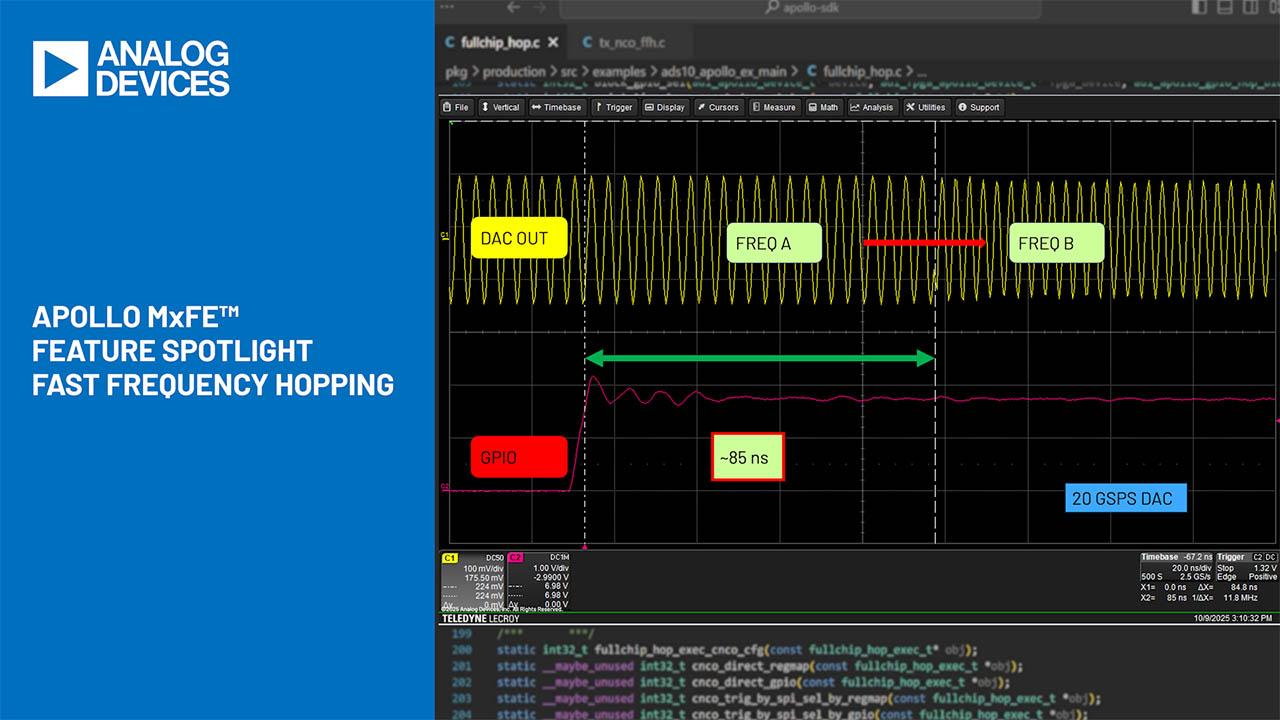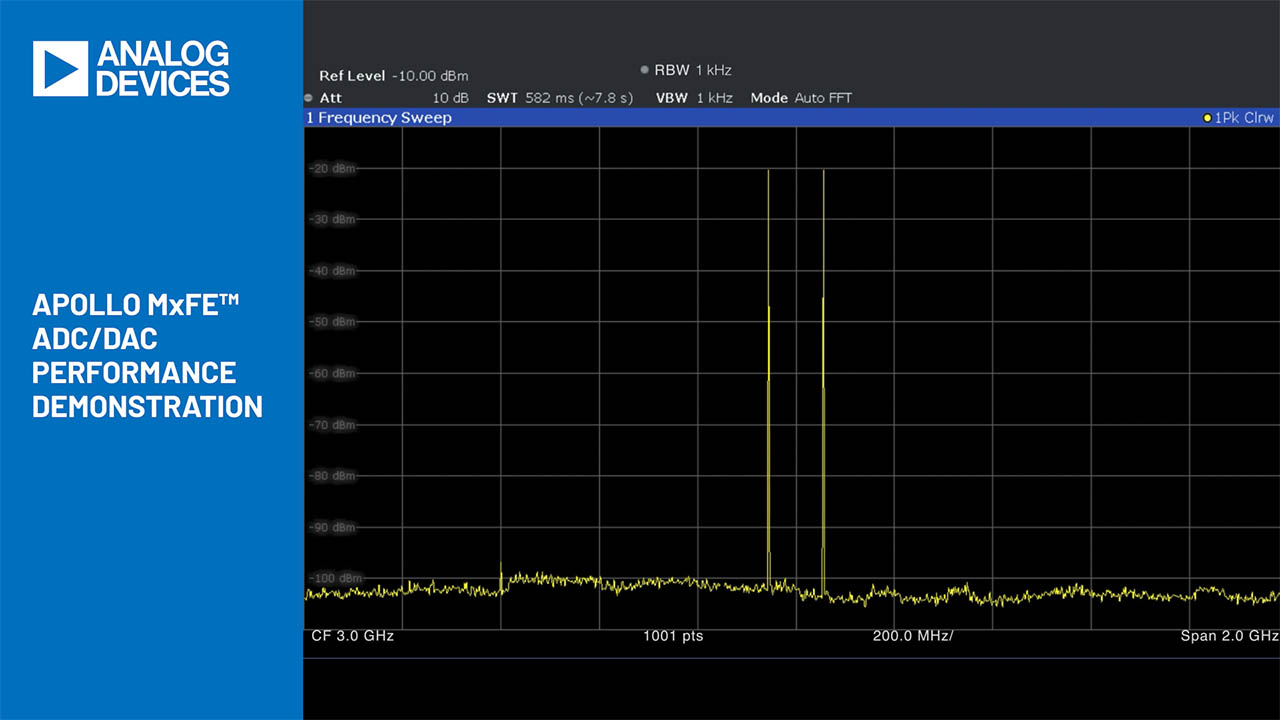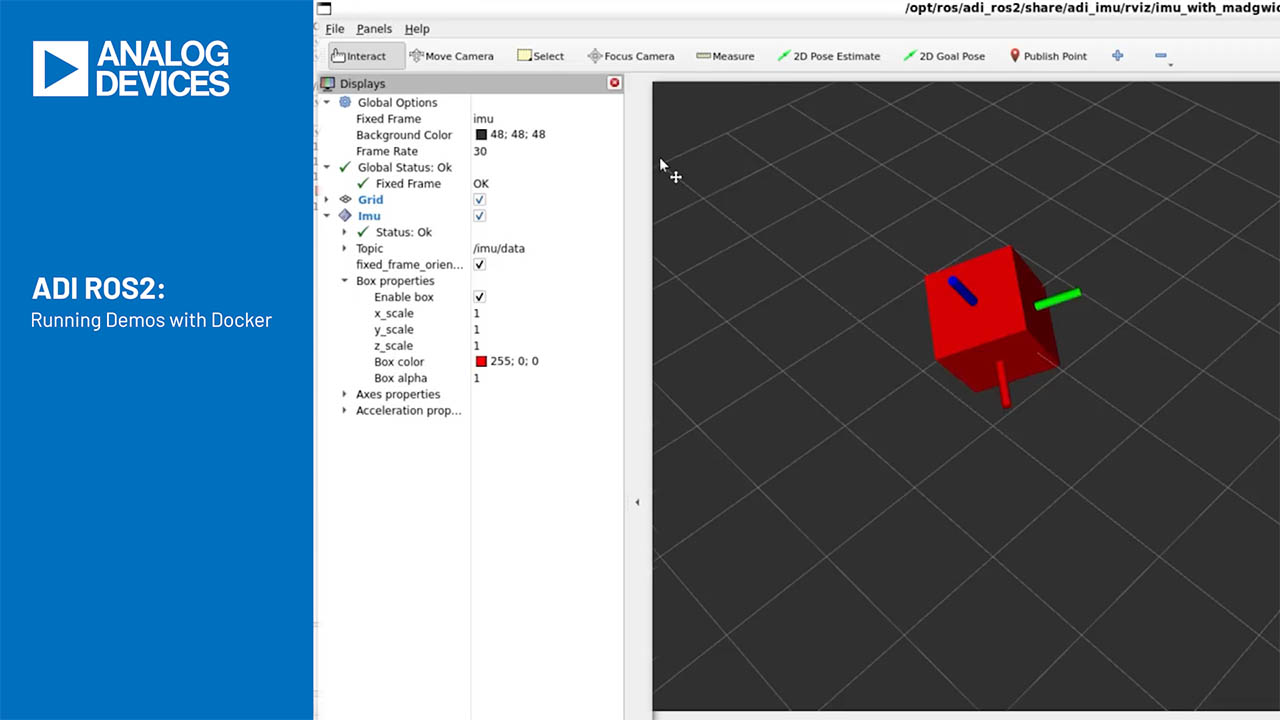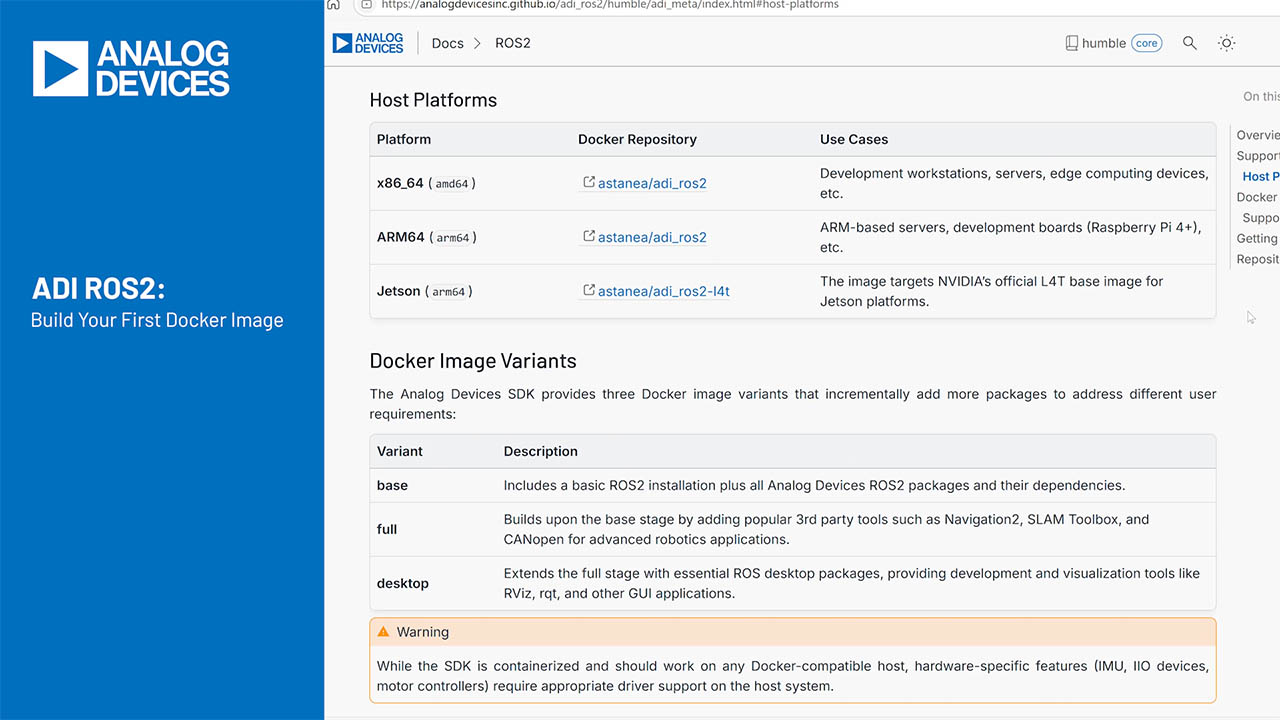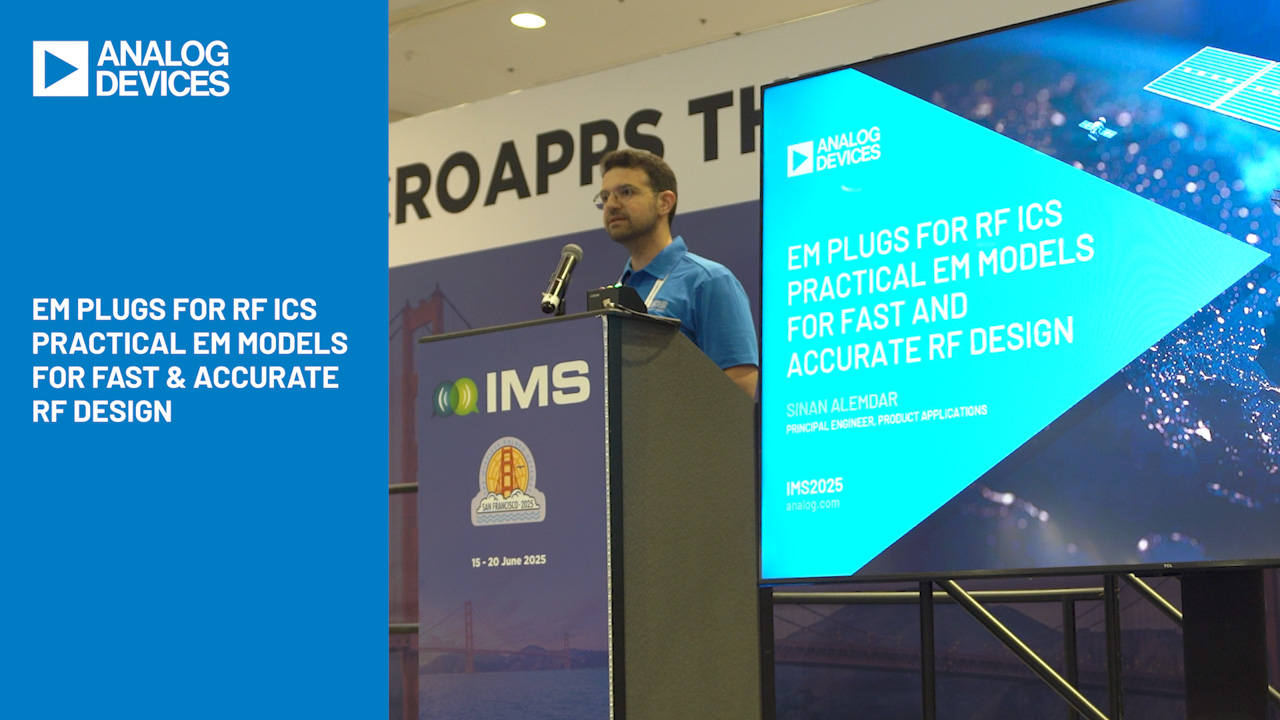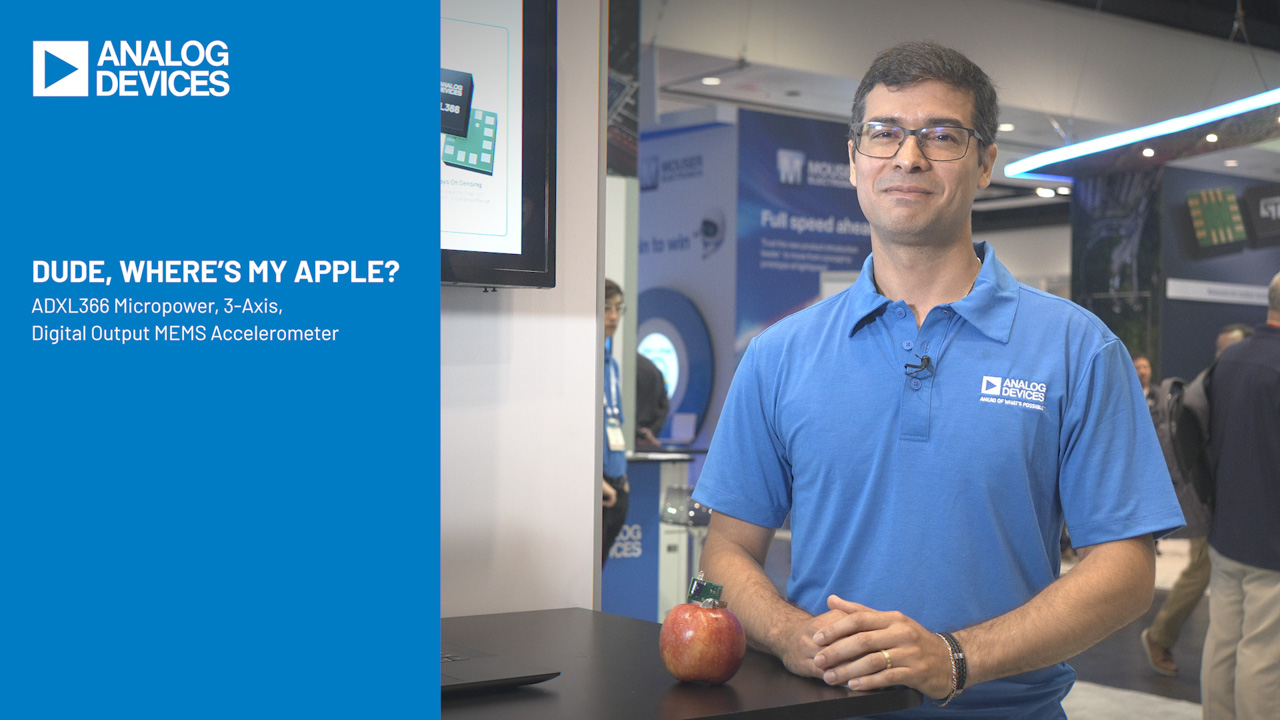Abstract
A typical block diagram showing the power path in a basic power supply for automotive applications is discussed. This article describes how to integrate an active voltage limiter into that basic power supply design. The benefits of integrating the voltage limiter are described. Several active voltage limiters from Maxim serve as examples of this design approach.
Introduction—Structure of Typical Automotive Power Supply
Figure 1 shows the simplified structure of an automotive power supply.

Figure 1. The basic schematic for an automotive power supply consists of the above three components.
This block diagram contains the following units:
- Passive Protection Circuit: limits the positive voltage of +12V power bus and blocks a negative voltage.
- Active Protection Circuit: the voltage limiter, which functions very similar to a passive protection circuit, but uses active components like transistors instead of passive components. Consequently, it has better ratio mass and smaller size than a passive structure with the same electrical characteristics.
- Switch-Mode or Linear Voltage Regulator: delivers proper voltage and current for a given load or loads in multichannel power-supplies.
The specific technical specifications of these components can vary from one application to another. Although some applications actually omit some of these elements, their absence will have an overall negative impact on electrical performance. In fact, the absence of one of the units above will complicate the technical requirements and design.
Integrating a Voltage Limiter into the Power Supply
The theory for an active voltage limiter is quite simple. Between the device's input and output there is a MOSFET. The voltage limiter controls the gate of this transistor. Under normal operating conditions the MOSFET is open and the load is powered. If the voltage exceeds the defined threshold, the voltage limiter switches off the external MOSFET and load.
The internal structure for the most basic voltage limiter and a typical application circuit are presented in Figure 2.

Figure 2. Block diagrams for example 72V, overvoltage-protection switches/limiter controllers with an external MOSFET. The diagram for the MAX6495–MAX6499 shows the devices in overvoltage mode; the MAX6495 is shown as a functional diagram.
In this basic voltage limiter, VIN powers the internal circuit. The maximum voltage at VIN is 80V. A voltage divider at the OVSET input sets the adjustable overvoltage threshold. Using an internal charge pump to power the gate of the low-cost n-channel MOSFET reduces the price of the device. Besides providing an overvoltage threshold, these ICs implement a nonadjustable undervoltage threshold.
In another approach a window-voltage limiter is implemented with adjustable thresholds. Figure 3 shows an example of this application.

Figure 3. The MAX6499 is configured as an over-/undervoltage window-detector (left) and shown in its basic functional diagram (right).
In this case the voltage limiter blocks the MOSFET and load from undervoltage and overvoltage conditions. The output voltage range can be very limited (i.e., narrow) which thus reduces the technical requirements for the voltage regulator's input-voltage range. Consequently, that voltage regulator can be quite simplified and lower in cost. Some audio applications, moreover, do not need high-precision voltage regulation. In those applications this voltage-limiter design eliminates the need for a regulator.
As we saw above, a voltage divider controls the input voltage on the IC in Figure 2. The divider can also be reconnected to the output of the voltage limiter, as it shown in Figure 4. In this latter example the voltage divider limits the voltage on load instead of switching it off. The voltage-limiting process is periodic, as can be seen from the performance data. The period of oscillation depends on load capacity and load current, and thus varies over a wide range. This periodic oscillation contains two stages; the first stage puts the MOSFET into active mode, and the second stage switches it off.

Figure 4. The devices are configured here as an overvoltage-limited protection switch; performance data are shown. CIN = 100µF; COUT = 10µF; ROUT = 100Ω.
The configuration in Figure 4 periodically puts the MOSFET into active mode which leads to power dissipation over that MOSFET. Thus special effort is needed to prevent the MOSFET from overheating. The IC contains therefore internal overtemperature protection with a threshold of about +160°C. Both the IC and MOSFET turn off if this temperature is exceeded; after cooling down to +140°C, they return to normal mode. To implement this application, the IC should be placed with a good thermal contact as close as possible to the MOSFET.
It is well known that the board power bus can contain a negative voltage spike as well as positive spikes. Negative voltage can be blocked with a protection circuit based on passive components, or with a special IC. The internal structure for this reverse-protection design is shown in Figure 5 for the MAX6496.

Figure 5. The MAX6496 is shown as an overvoltage limiter with low-voltage-drop reverse-protection circuit (left) and with its functional diagram (right).
Besides functioning as a typical positive voltage limiter, the MAX6496 contains a p-channel MOSFET gate stage which keeps an additional MOSFET ON with a positive voltage and OFF with a negative input voltage. This circuit can be more useful than a normal Schottky diode under a high load current and low minimum input voltage.
Summary
Each of the voltage limiters discussed in this application note has specific parameters that augment the devices' common features. Each voltage limiter has the 72V maximum input voltage if the load is powered, or 80V if load is switched off. The following table summarizes the main features of the voltage-limiter ICs.
| Part Number | Package | Quiescent Current, µA | MOSFET Type | Auto Retry | Latch Up | Programmable Voltage Limiter | Reverse Battery Protection | Undervoltage Switch-Off Threshold (V) | Integrated Voltage Regulator | Enable Input | PowerOK Output |
| MAX6495 | 6/TDFN | 24 | n | X | X | 5 | |||||
| MAX6496 | 8/TDFN | 24 | n + p | X | X | X | 5 | ||||
| MAX6497 | 8/TDFN | 15 | n | X | 5 | X | |||||
| MAX6498 | 8/TDFN | 15 | n | X | 5 | X | |||||
| MAX6499 | 8/TDFN | 15 | n | X | X | X | Adj | ||||
| MAX6397 | 8/TDFN | 37 | n | X | X | X | X | ||||
| MAX6398 | 6/TDFN | 11 | N | X | X | ||||||
| MAX6399 | 8/TDFN | 10 | N | X | X | X | X | ||||
| MAX16010 | 8/TDFN | 20 | - | X | X | ||||||
| MAX16011 | 8/TDFN | 20 | - | X | X | ||||||
| MAX16012 | 6/TDFN | 20 | - | X | |||||||
| MAX16013 | 6/TDFN | 20 | P | X | X | X | X | ||||
| MAX16014 | 6/TDFN | 20 | P | X | X | X |



